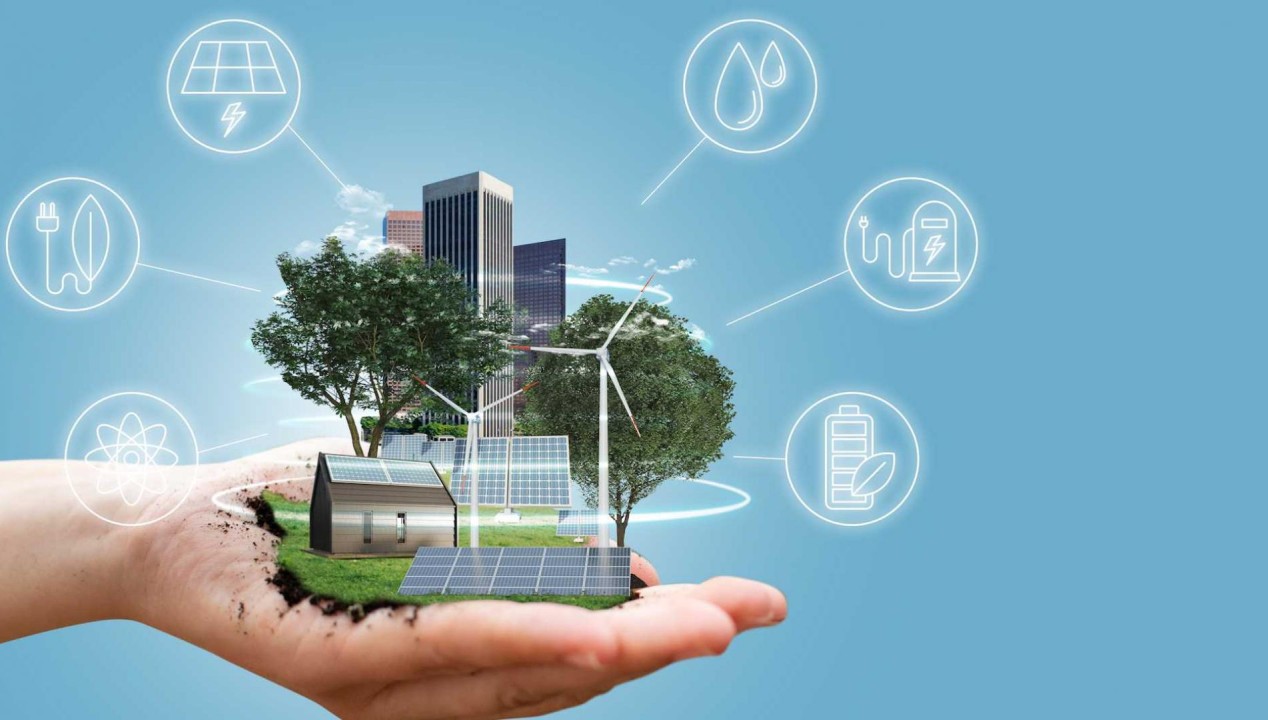The Future of Sustainable Construction in India
The construction industry in India is evolving rapidly, and sustainability has become a key focus for architects, developers, and contractors alike. With […]
The construction industry in India is evolving rapidly, and sustainability has become a key focus for architects, developers, and contractors alike. With increasing urbanization, environmental awareness, and government initiatives, sustainable construction is no longer a trend—it’s the foundation for the future.
In this blog, we’ll explore how green building practices, innovative materials, and façade technologies are transforming the future of construction in India.

What is Sustainable Construction?
Sustainable construction focuses on reducing the environmental footprint of buildings throughout their lifecycle—right from design and material selection to construction, operation, and demolition.
It emphasizes:
- Efficient use of energy, water, and materials
- Reduced carbon emissions
- Better occupant health and comfort
- Integration of renewable energy systems
Why Sustainability Matters in Indian Construction
- Rapid Urbanization:
India’s cities are expanding at a record pace, creating a growing demand for eco-friendly and energy-efficient infrastructure. Sustainable building design helps minimize the pressure on natural resources.
2. Government Support & Green Building Policies:
Initiatives like LEED India, IGBC, and GRIHA certifications are encouraging developers to adopt green standards. Incentives and relaxed FAR for certified green buildings are boosting adoption nationwide.
3. Rising Energy Costs & Resource Scarcity:
Energy-efficient façades, smart glazing, and renewable systems like solar panels help cut long-term operational costs and dependency on non-renewable sources.
4. Corporate ESG Goals:
With global investors prioritizing ESG compliance, sustainability has become a business advantage, not just an environmental goal.
Emerging Trends in Sustainable Construction
- Green Façade Systems:
Modern façade designs use energy-efficient glazing, double-skin façades, and insulated panels to control heat transfer and reduce HVAC loads.
2. Use of Recyclable & Low-Carbon Materials:
Materials like aluminium, HPL, and fibre-cement boards are being preferred for their recyclability, durability, and low embodied energy.
3. Smart Building Technologies:
IoT-integrated systems monitor lighting, HVAC, and water usage in real-time—improving energy performance and reducing waste.
4. Passive Design Strategies:
Architects are increasingly incorporating daylight optimization, shading devices, and natural ventilation to reduce energy dependency.
5. Water & Waste Management Systems:
Rainwater harvesting, greywater recycling, and green roofs are now integral parts of sustainable building design.
Challenges in Implementing Sustainable Construction
Despite the benefits, sustainable construction faces:
- Higher initial investment costs
- Lack of skilled green design professionals
- Limited awareness in small and mid-size projects
- Delays in adopting new building codes
Weight & Structural Efficiency
Adopting these advanced glazing trends requires:
- Expert engineering for structural stability
- Precision installation to ensure airtight sealing
- Compliance with energy and safety codes
However, as awareness and technology grow, these challenges are steadily being overcome.
The Role of Oersted Group in Sustainable Building
At Oersted, sustainability is integrated into every stage of our work—from façade engineering and glazing systems to turnkey project solutions. Our focus on energy-efficient façades, durable materials, and eco-friendly practices helps clients achieve both performance and sustainability.
We believe the future of construction in India is green, smart, and resilient—and we’re proud to be part of that change.
Conclusion
Sustainable construction is redefining India’s architectural landscape. It’s not just about reducing carbon footprints; it’s about creating long-lasting, efficient, and future-ready structures. With advanced façade systems and innovative materials, Oersted Group continues to lead this evolution—one sustainable project at a time
📞 Connect with us to explore eco-friendly façade and construction solutions for your next project.
FAQs on Sustainable Construction
1. What makes a building sustainable?
Efficient energy use, renewable resources, and eco-friendly materials make a building sustainable.
2. Is green construction more expensive?
While initial costs are higher, long-term energy savings and durability offset the investment.
3. How do façades contribute to sustainability?
Energy-efficient façades reduce heat gain, improve insulation, and lower electricity consumption.
4.What certifications are available for green buildings in India?
LEED, IGBC, and GRIHA are among the top certifications for sustainable buildings.
5. How can Oersted help with sustainable construction?
Oersted provides façade and glazing systems that meet global sustainability standards and enhance energy efficiency.